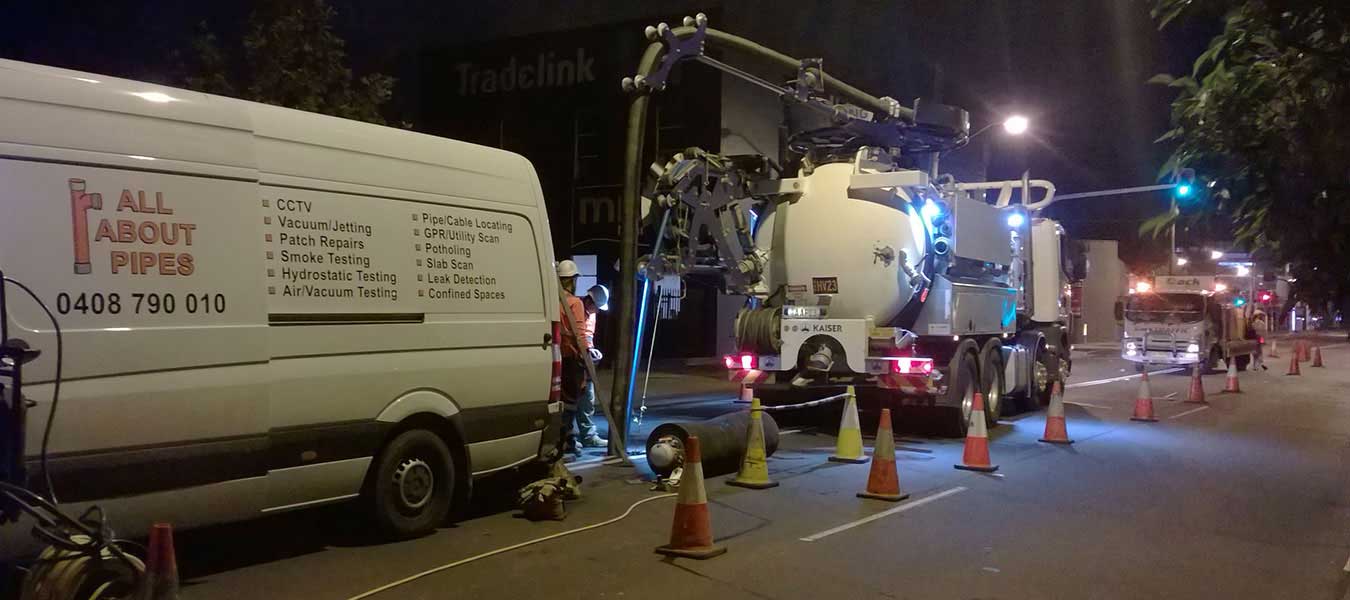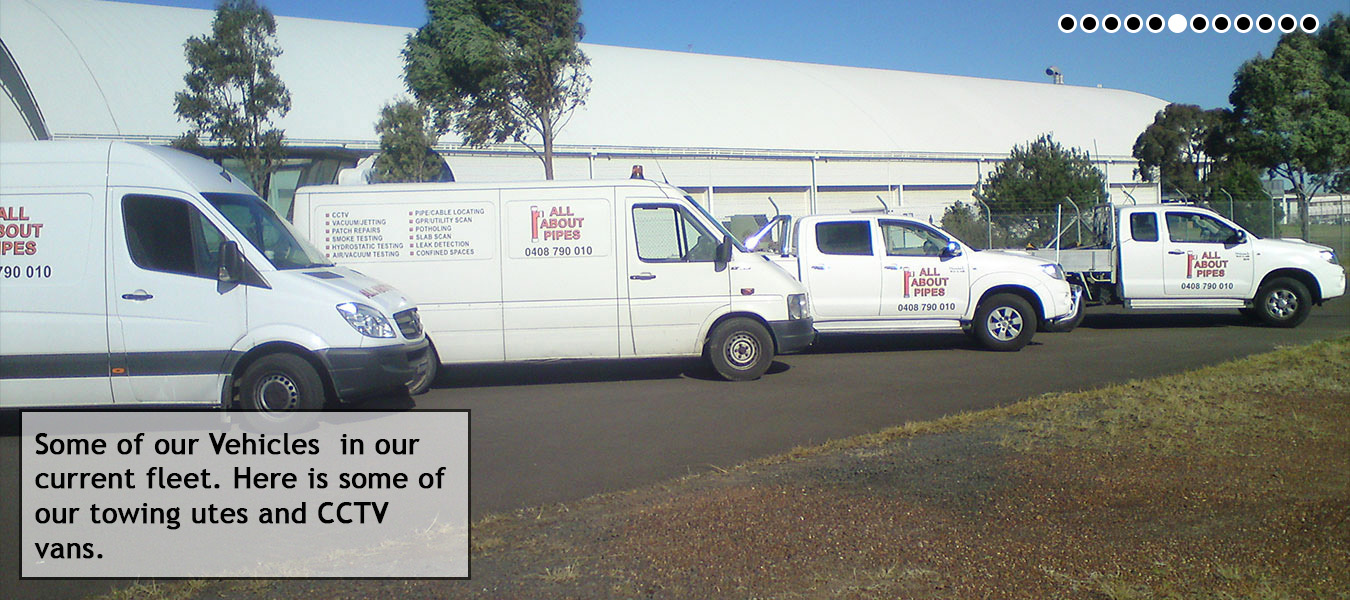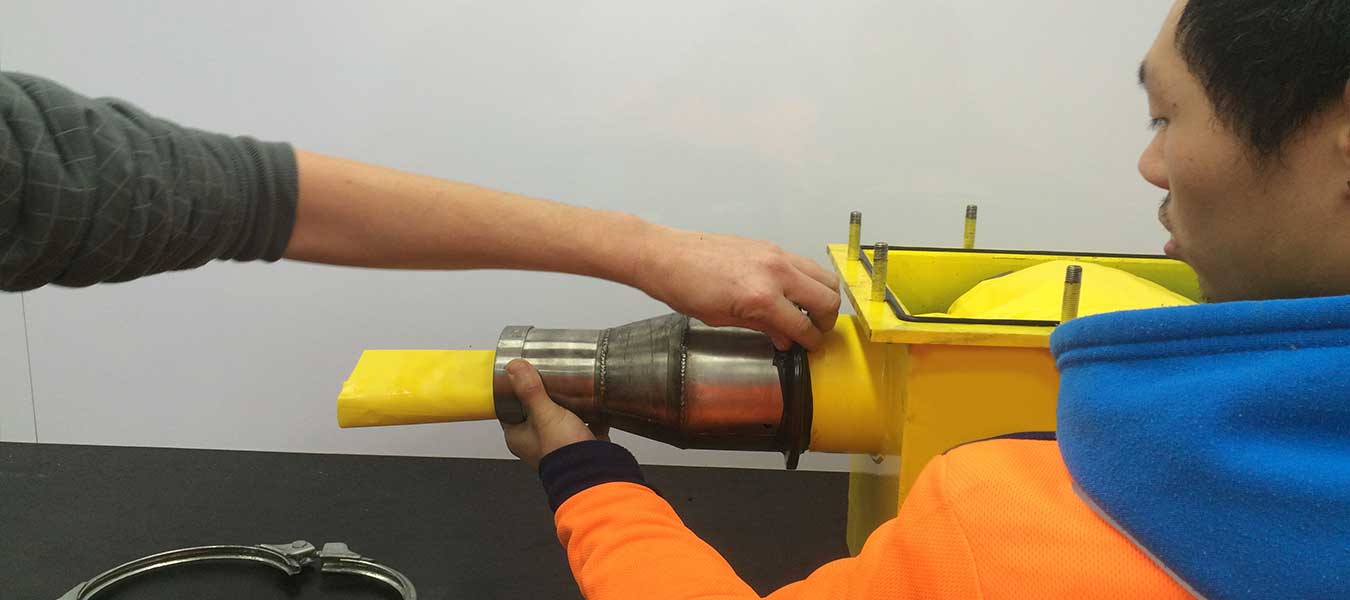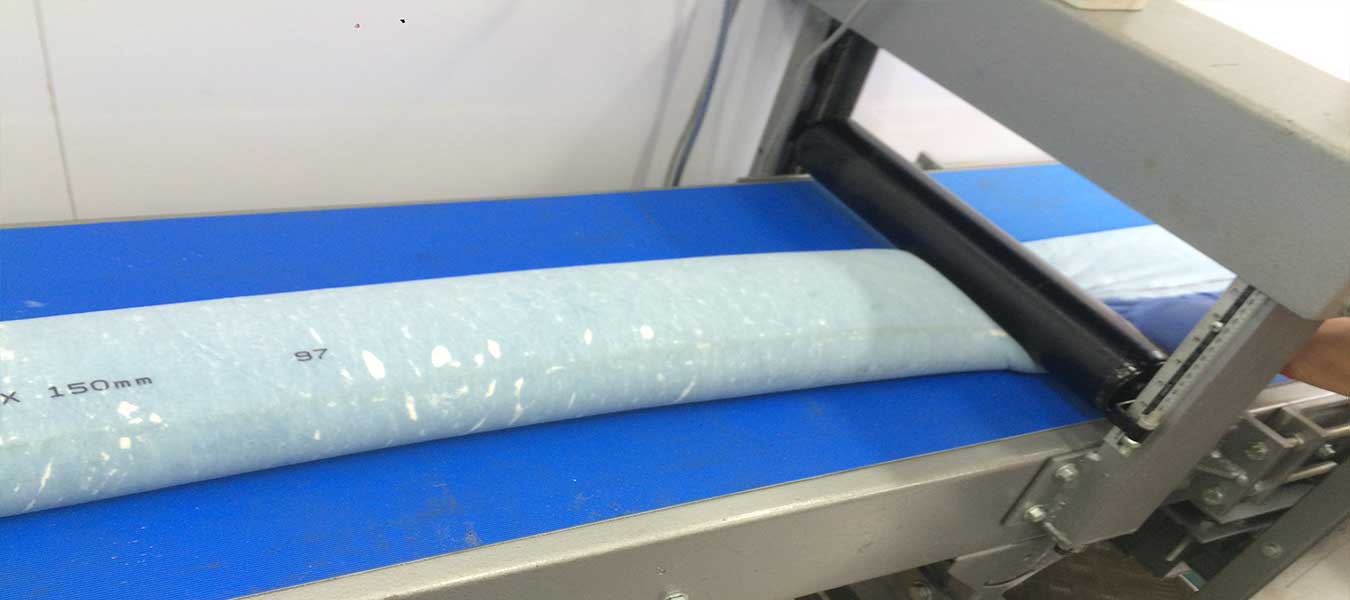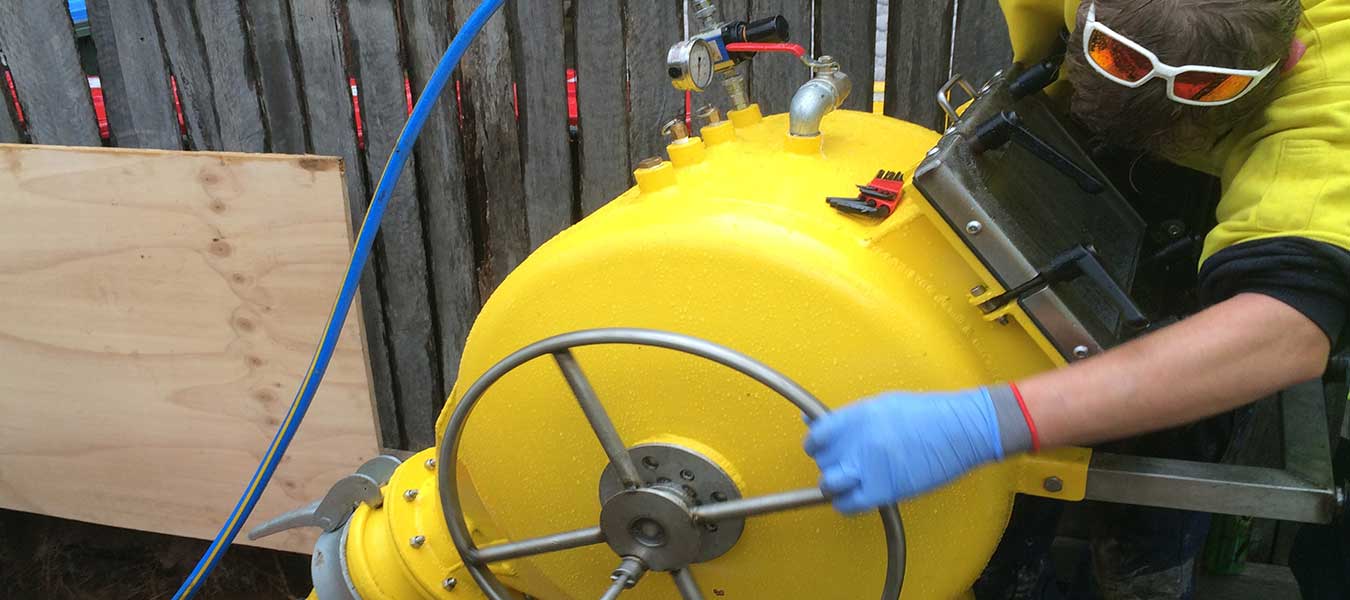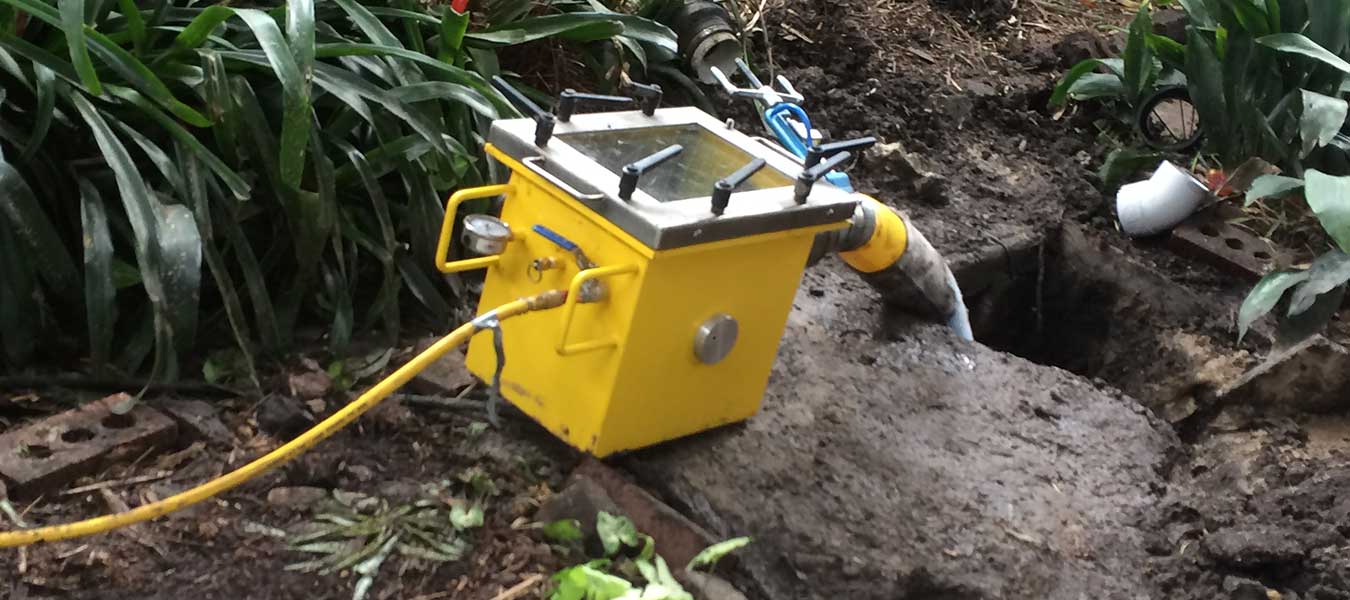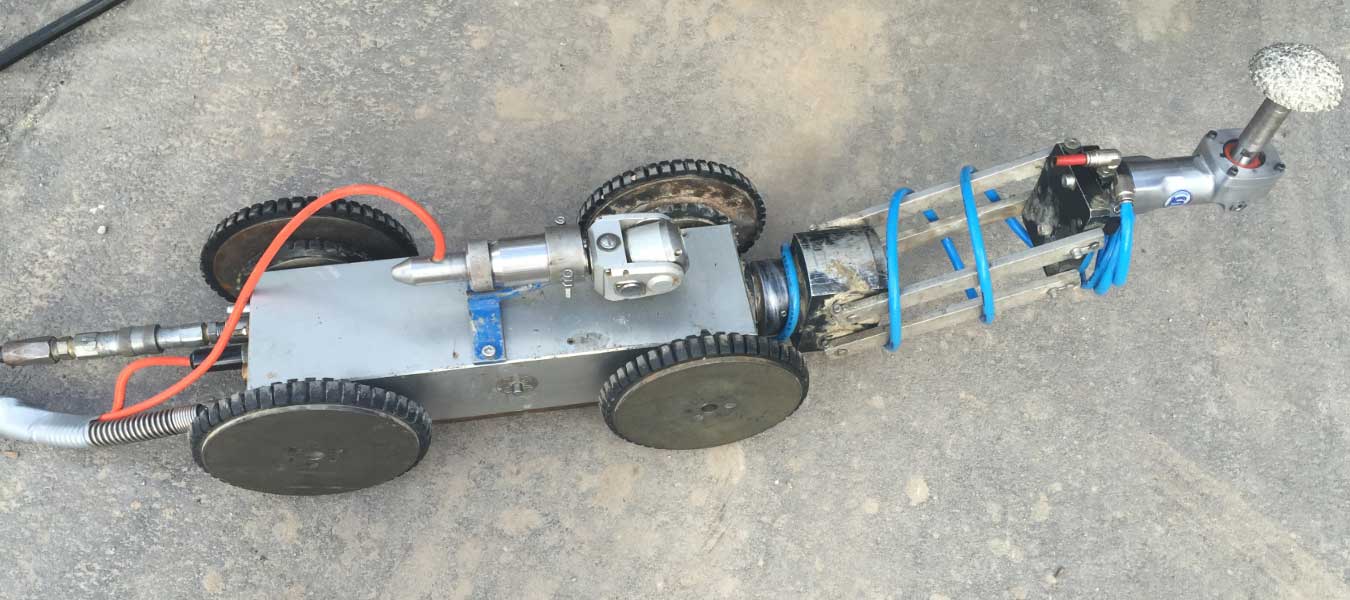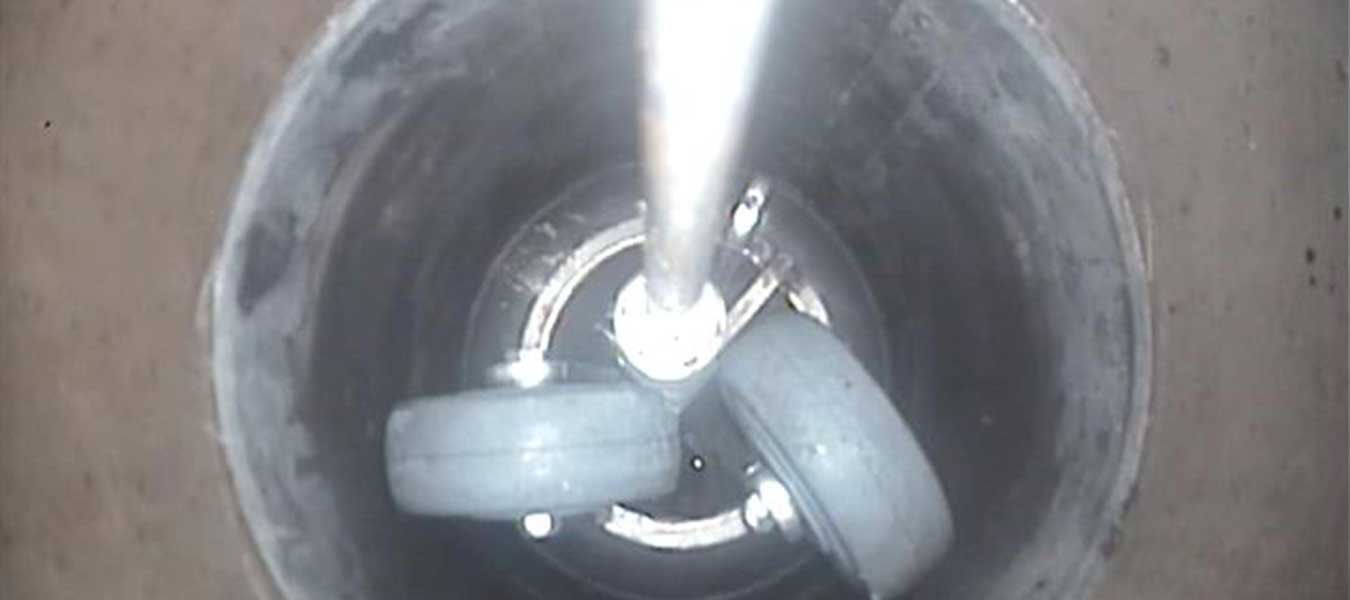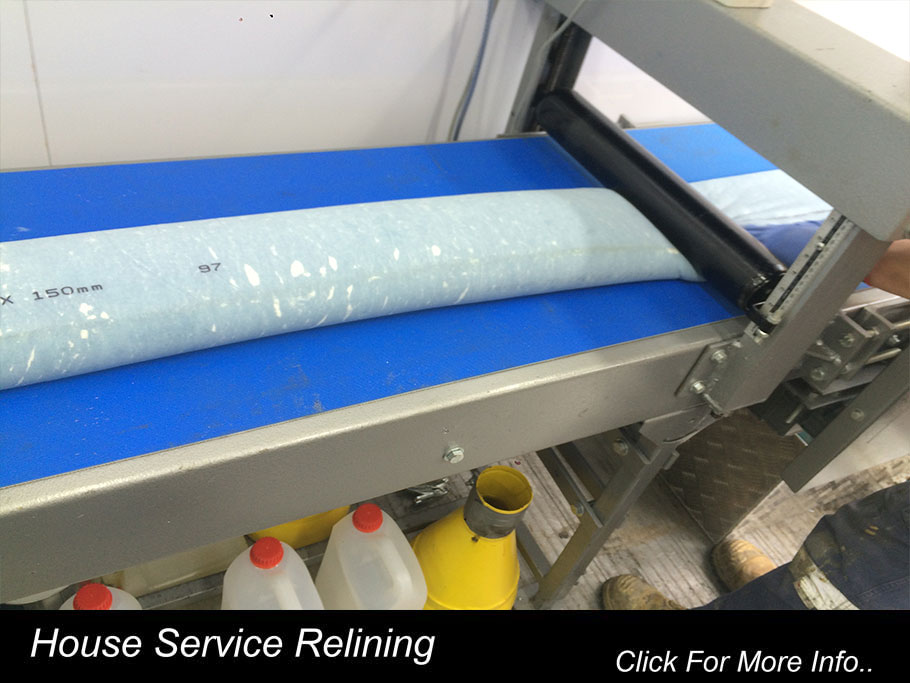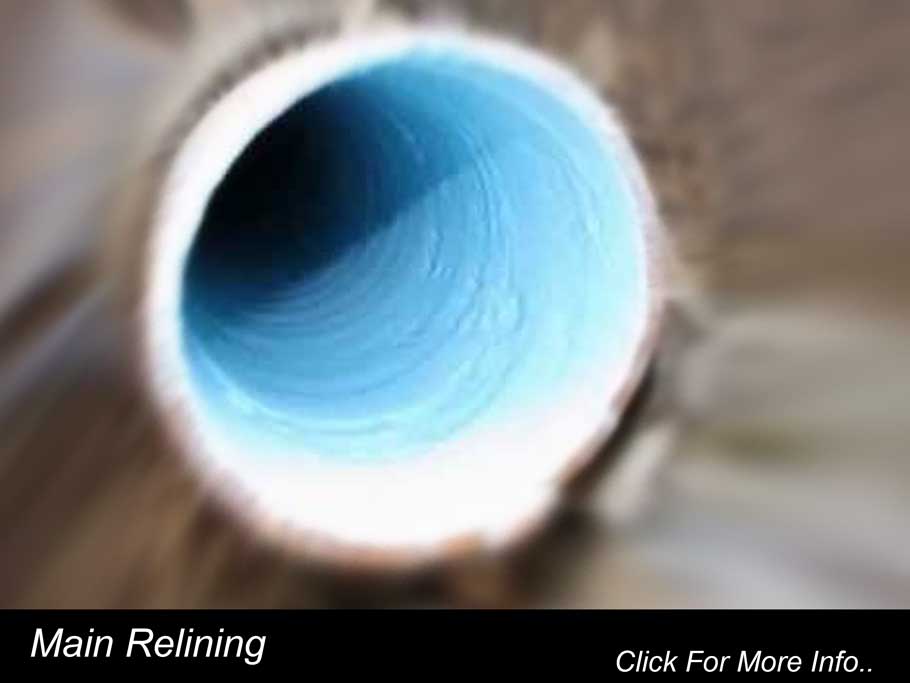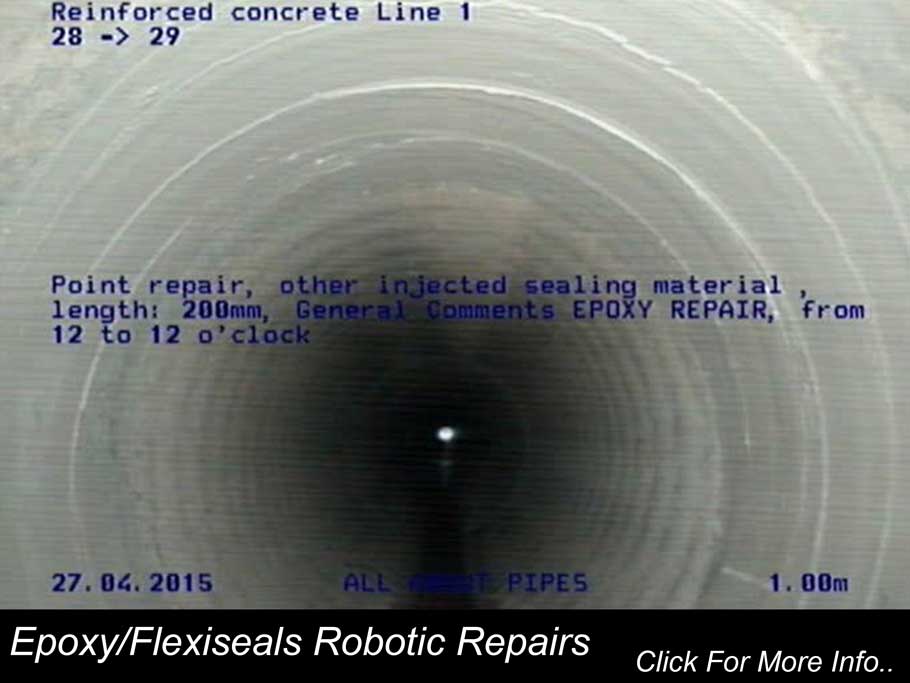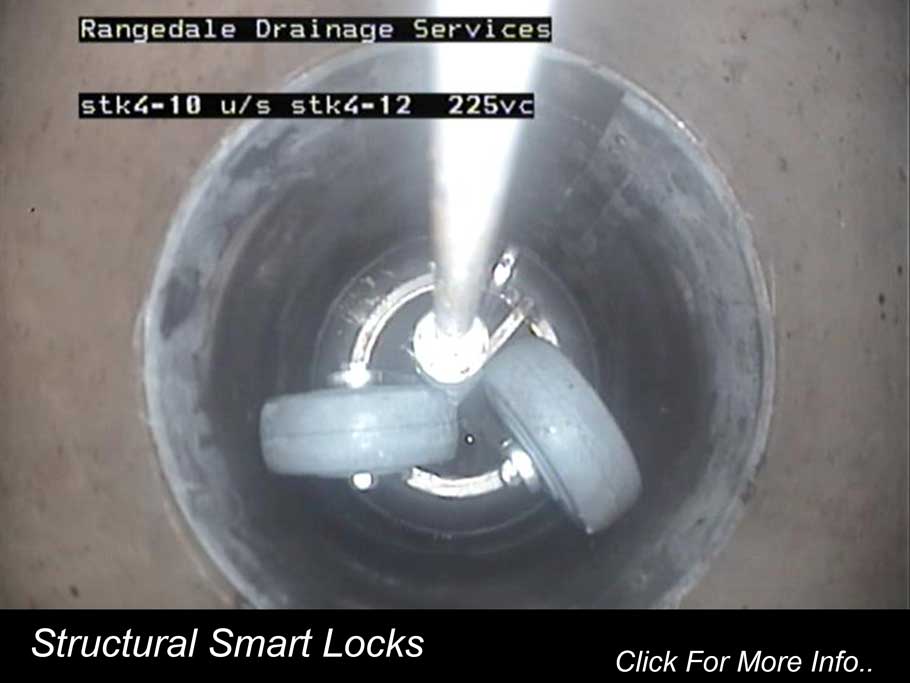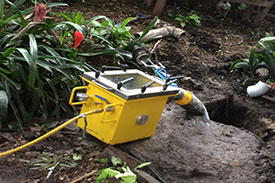
Relining and Repairs
Overview
Relining
In Australia, an increasing number of drainage pipe lines are failing due to their age and the conditions they are exposed to. In most cases these pipelines cannot be easily excavated which presents engineers with unique challenges requiring engineers to design new and effective solutions to these problems. One such solution is called Relining. Relining is conducted in many different ways, each of which has been specifically designed and refined to overcome the many challenges that arise when repairing pipelines.
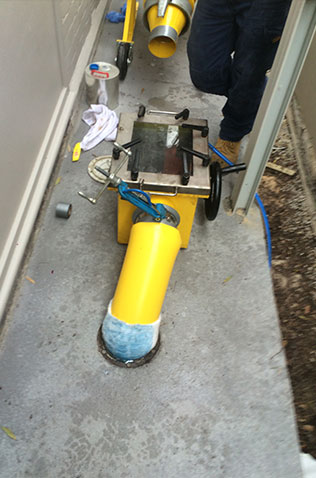
Some of these challenges include;
- Proximity to essential services.
- Power, Gas, Water, Communications, Fuel Delivery Lines.
- Proximity to above ground structures and surfaces.
- Buildings, Roads, Concrete Driveways, Landscaped areas, High Congestion Areas.
- Depth of the Pipeline.
- Access for machinery, how big an excavation may be.
- Time.
- The effective time the pipeline is out of commission.
Relining takes into account all of these issues and more to deliver a repaired pipeline solution without the need for oversized excavations and with minimal downtime or disruption to services.
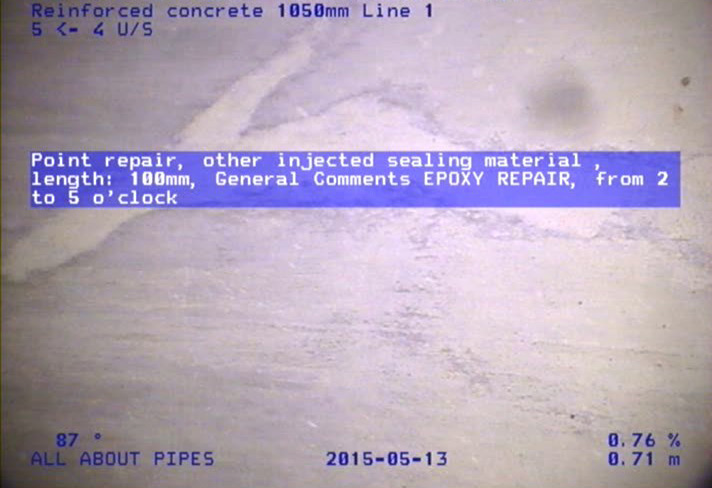
Repairs
All About Pipes specialise in pipeline inspections, this includes both “Manned” entry and “Advanced Robotic” entry to pipelines and/or drainage structures. The purpose of these inspections is to determine the structural condition of pipelines or structures. Defects identified in the pipeline can be permanently repaired to cure most defects. AAP strives to provide permanent repair options to meet the ever growing demands and challenges of defective pipelines and their associated structures. AAP services includes:
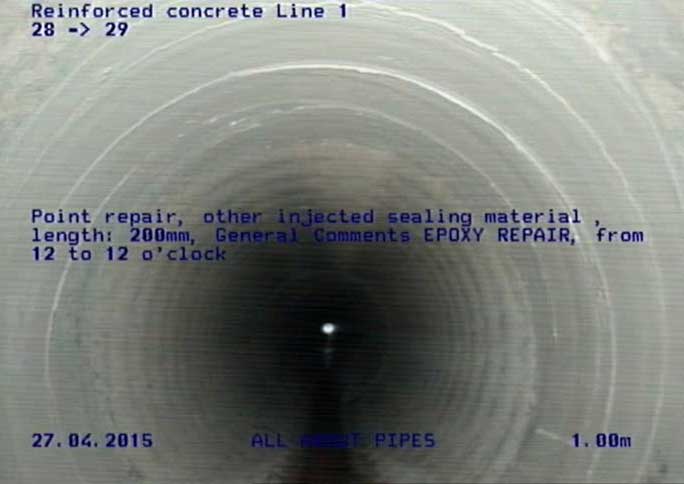
- Heavy Root Cutting
- Concrete / Slurry Removal
- Advanced Robotic Grinding where precision matters
- Pit and Manhole remediation
- Patch / Point Repairs
- Relining
- Smart Locks
- Epoxy sealing of small cracks
- Flexible sealing of damaged joints (including Rubber Ring removal)
It is the many different technologies AAP employ that help us deliver permanent solutions to the challenges faced when rectifying pipeline defects.





